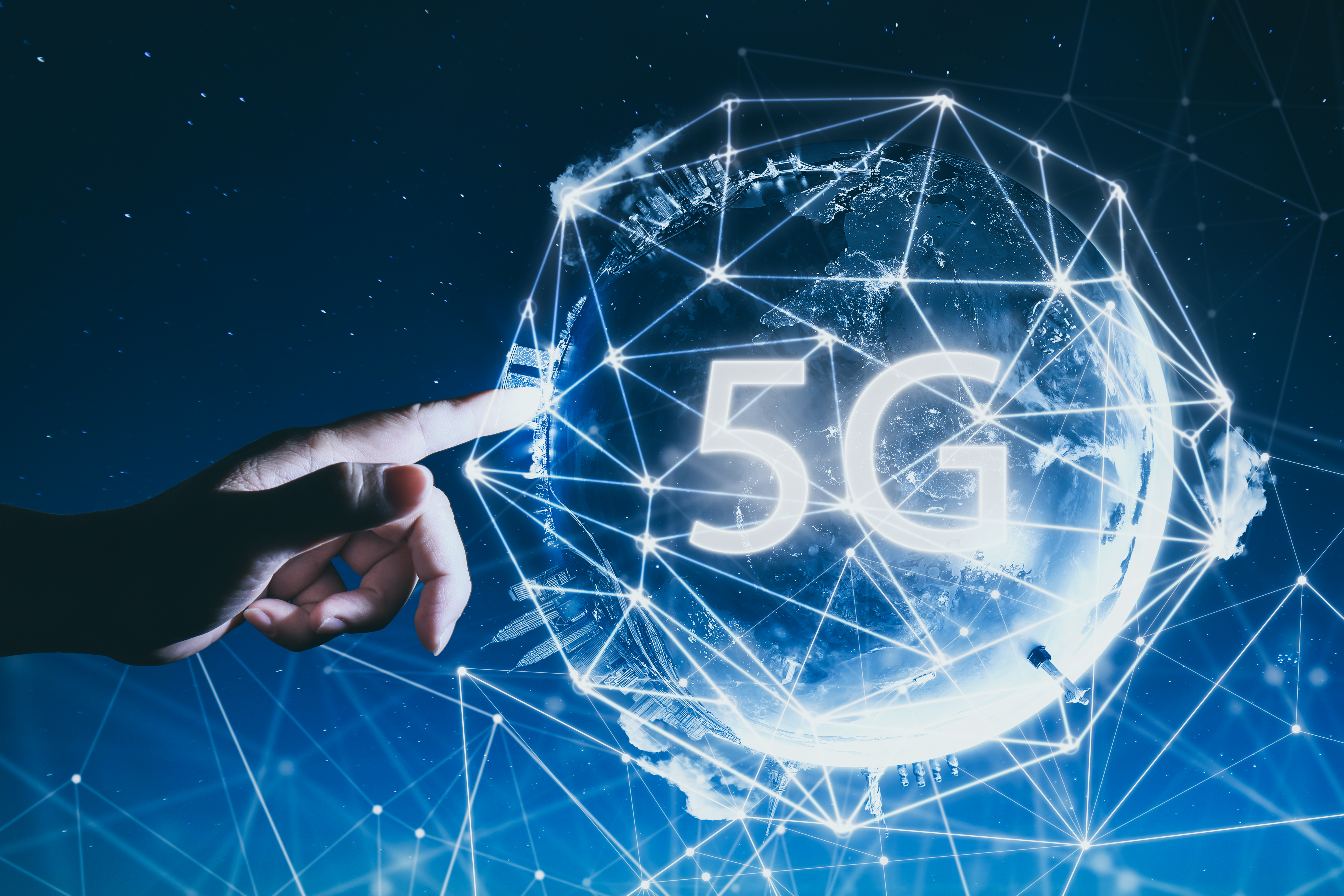Why Edge Computing? What Edge Data Centers are Doing for Data Transmission
The answer starts with the advancement in wireless technologies like 5G, Wi-Fi 6/6E and CBRS. These low-latency wireless technologies allow for more data, faster speeds and higher numbers of users and devices.
Thanks to these wireless innovations, businesses, cities, schools and healthcare institutions are finally able to take advantage of the many other technologies you’ve heard so much about—from artificial intelligence to virtual reality.
One example we like to describe involves a sporting event. Picture yourself at Raymond James Stadium. The sun is shining, and you’re headed to your seat. On your way, you walk by a video mirror. When you stop and press a button, you see an image of yourself wearing a Tampa Bay Buccaneers jersey (it’s available for purchase online or in the Team Store). The mirror reveals exactly how that jersey size will fit your body based on dimensions. You don’t even have to try it on. This type of augmented-reality technology exists, but we’ve been waiting on 5G to make it work to support back-and-forth data transfer without delays.
In another example, 5G and Wi-Fi are supporting self-driving shuttle services in Florida. In order for the shuttles to function safely, the data must be ingested, analyzed and responded to in real time with no delays.

Businesses are starting to adopt advanced wireless so they can deploy these groundbreaking technologies and use them to gain a competitive advantage, boost revenue and increase customer engagement. To do this, however, the IoT sensors and devices responsible for capturing data need to connect to the network.
Although the term “IoT” was first used in 1999, the first internet-connected device was deployed in 1982 (a Coke machine at Carnegie Mellon University that could report on its contents so users connected to the local network could find out if there were any beverages in the machine).
Now—four decades after the first IoT device was installed—there are close to 12.3 billion connected devices currently in use around the globe, according to IoT Analytics.
Behind the scenes, this means there’s so much more data being fed back to centralized data centers. With more IoT devices comes more data. A LOT more data. From toilets to traffic signals, these devices are gobbling up bandwidth as they send and receive data over the network. And this data transmission needs to happen instantaneously without delays or buffering. In other words: We have a need for speed.
If you’re standing in Tampa in front of a video mirror waiting to see how you look in a jersey, does the data really need to travel clear across the country and back before you can see yourself? Or can it be processed closer to you for a faster response?
If thousands of IoT devices are feeding data back to a centralized data center, then that data is potentially traveling very long distances for no reason—which can cause bottlenecks and performance issues.
This is where edge data centers come into play: to support the edge computing that’s done close to the source of the data. Because the speed of light can’t be changed (fiber connections use light pulses to transmit data), edge computing offers a way to achieve faster response times.
Edge data centers don’t take the place of centralized data centers, which are responsible for things like batch analysis, big data, data warehousing and disaster recovery. They don’t replace regional data centers (which tend to be smaller and established in highly populated areas), either. Instead, they’re located between IoT devices and the cloud or centralized data center.
Edge data centers work closer to users to handle real-time data processing, analysis and action, making low-latency communication with smart devices possible.
So, the simple answer to the question we posed at the beginning of the blog—Why edge computing? And why now?—is because today’s technologies and business approaches demand it.
Want to learn more about edge data centers? Start by watching this webinar brought to you by Belden and Flexential.
